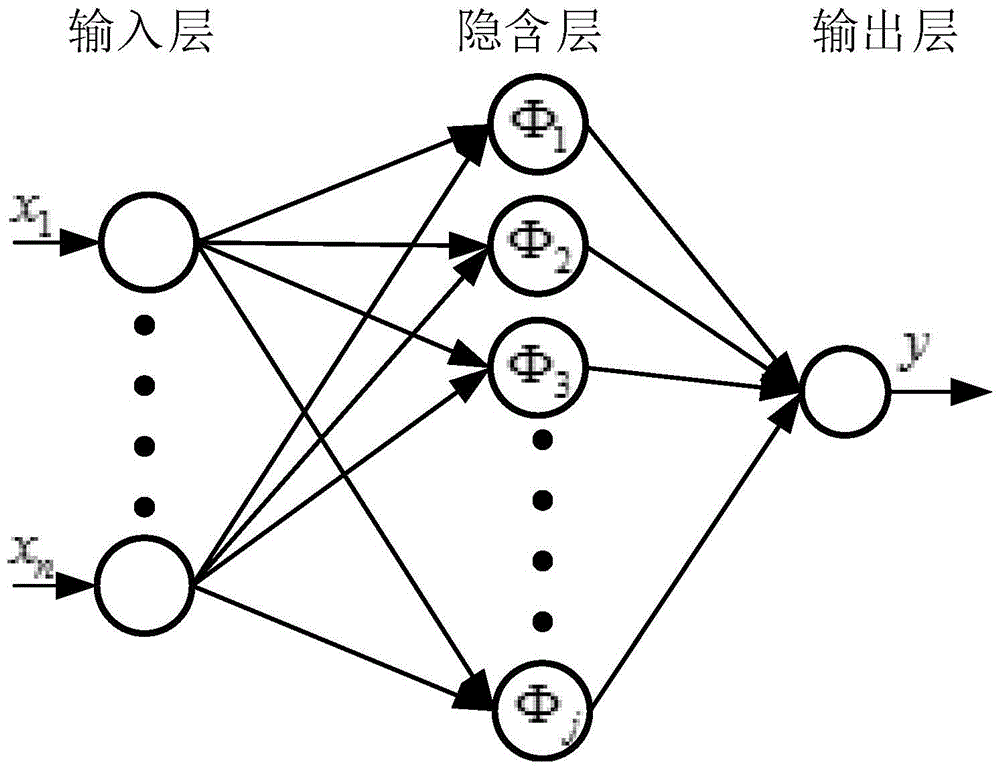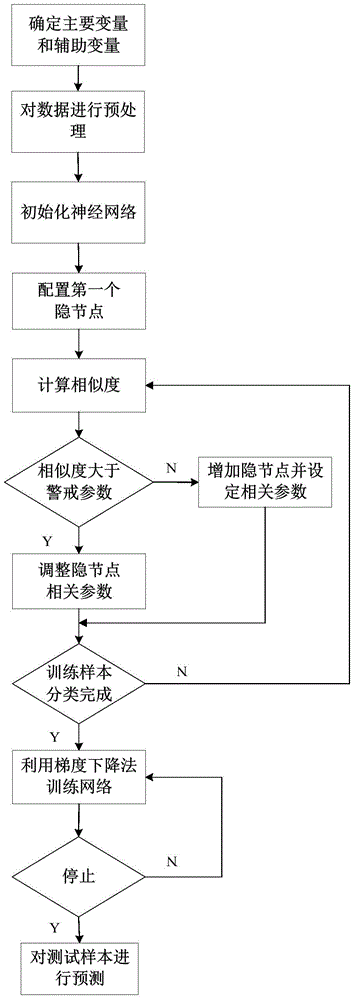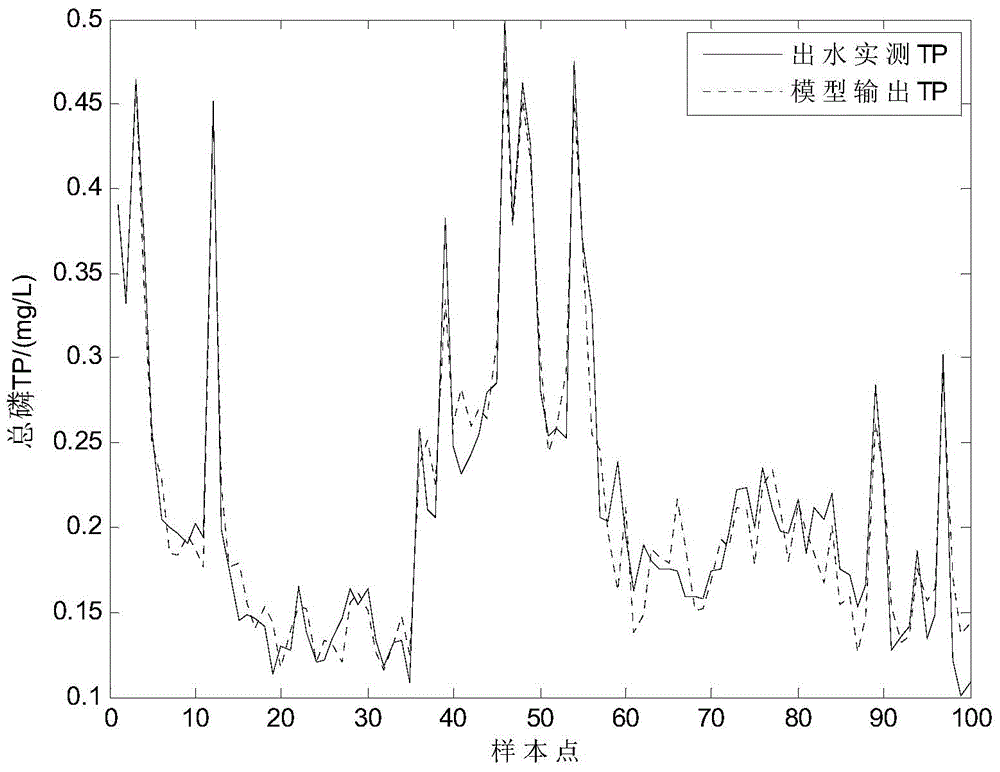A Neural Network-Based Soft Sensing Method for Total Phosphorus tp in Sewage Treatment Process
A technology of effluent total phosphorus and neural network, applied in neural learning methods, biological neural network models, water testing, etc., can solve problems such as expensive detection instruments, difficult to accurately measure important parameters, and lag
- Summary
- Abstract
- Description
- Claims
- Application Information
AI Technical Summary
Problems solved by technology
Method used
Image
Examples
Embodiment Construction
[0076] The present invention selects 9 relevant variables for soft measurement of total phosphorus TP in sewage treatment effluent: sludge return flow, sludge age, pH, oxidation reduction potential ORP, influent ammonia nitrogen NH3-N, influent chlorine CL, effluent 5 days The biological oxygen demand BOD5, the effluent suspended solids concentration SS and the effluent total phosphorus TP at the previous moment; the embodiment of the present invention uses the water quality analysis data of a sewage plant in 2011, and all the experimental samples are 150 groups; 100 groups of data are used as training data, The remaining 50 groups are used as test data.
[0077] Using self-organizing RBF neural network to establish a soft-sensing model of TP, including the following steps:
[0078] Step 1: Initialize the neural network. The structure of the neural network at the initial moment is 9-0-1. The inputs are sludge reflux, sludge age, pH, oxidation-reduction potential ORP, influent ammon...
PUM
 Login to View More
Login to View More Abstract
Description
Claims
Application Information
 Login to View More
Login to View More - R&D Engineer
- R&D Manager
- IP Professional
- Industry Leading Data Capabilities
- Powerful AI technology
- Patent DNA Extraction
Browse by: Latest US Patents, China's latest patents, Technical Efficacy Thesaurus, Application Domain, Technology Topic, Popular Technical Reports.
© 2024 PatSnap. All rights reserved.Legal|Privacy policy|Modern Slavery Act Transparency Statement|Sitemap|About US| Contact US: help@patsnap.com










